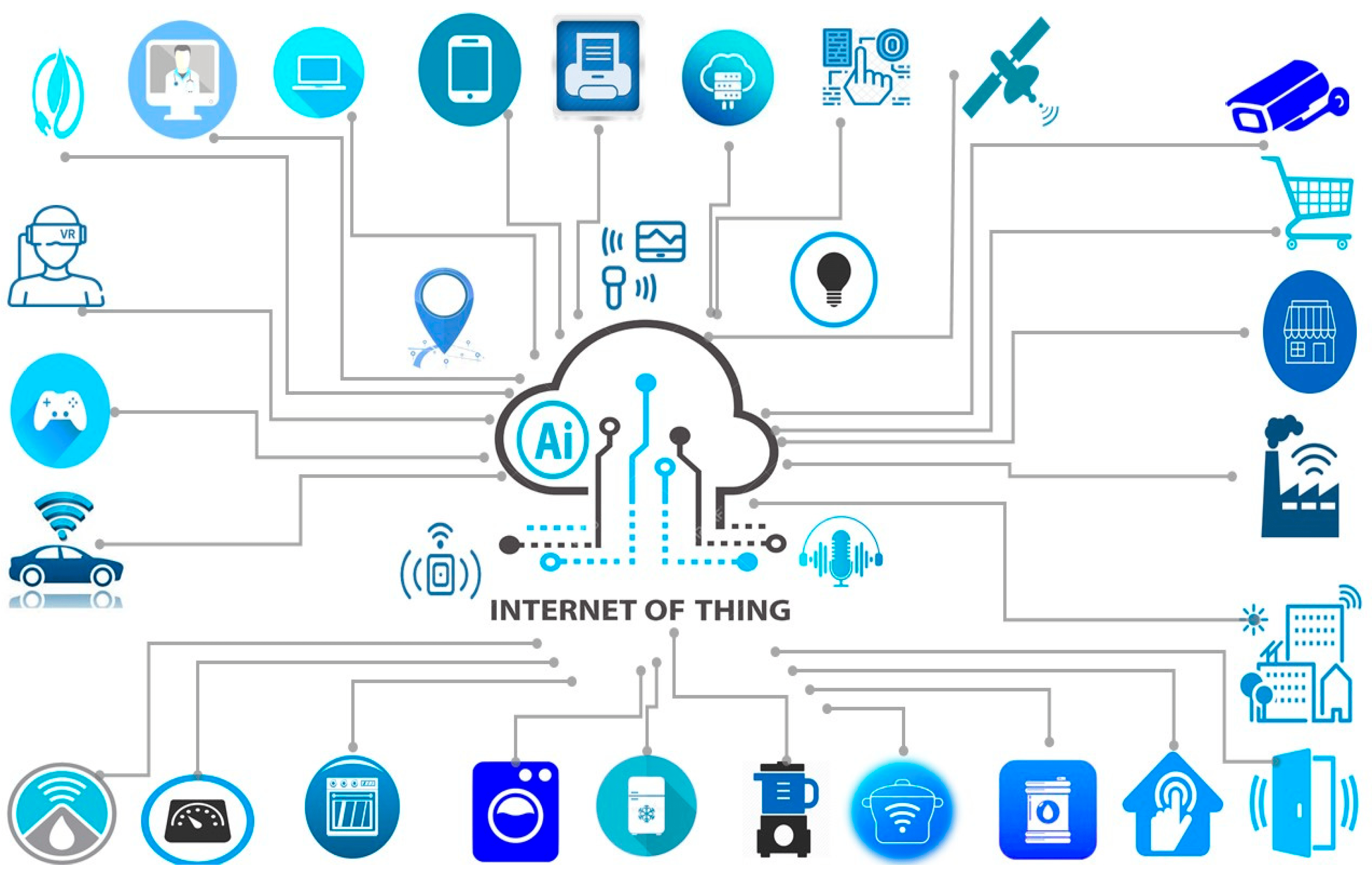IP Addresses in the World of IoT: Opportunities and Challenges
The Internet of Things (IoT) has revolutionized the way we interact with technology. From smart homes and wearable devices to industrial automation and healthcare systems, IoT has found its way into nearly every aspect of our lives. At the heart of this transformation lie IP addresses, the digital codes that enable devices to connect, communicate, and share data across the IoT ecosystem. In this article, we will explore the crucial role of IP addresses in the world of IoT, uncovering the opportunities they present and the challenges they pose.

The Essence of IP Addresses in IoT
Connecting the Unconnected
IoT relies on the interconnectivity of devices, allowing them to transmit and receive data seamlessly. IP addresses serve as the digital addresses that devices use to locate and communicate with one another. They enable devices to access the internet, connect to cloud services, and interact with users.
Scalability and Uniqueness
One of the primary challenges in IoT is accommodating the vast number of devices expected to join the network. IP addresses, specifically IPv6, provide the scalability needed to assign unique identifiers to billions of devices worldwide. This ensures that each device can be distinguished and addressed individually.
Opportunities Unleashed by IP Addresses in IoT
Enhanced Connectivity
IP addresses empower IoT devices to stay connected consistently. This connectivity enables real-time monitoring, data exchange, and remote control, making IoT applications more efficient and responsive.
Data Analytics and Insights
IoT generates an unprecedented amount of data. IP addresses make it possible to collect, transmit, and analyze this data effectively. Businesses and industries can harness this wealth of information to make informed decisions, optimize operations, and improve user experiences.
Security and Authentication
With the proliferation of IoT devices, security becomes paramount. IP addresses, when coupled with robust security protocols, allow for secure device authentication and data encryption. This safeguards sensitive information and prevents unauthorized access.
Challenges and Complexities
IPv4 Exhaustion
The limited pool of IPv4 addresses poses a significant challenge for IoT's growth. The transition to IPv6, with its vast address space, is essential to accommodate the expanding IoT ecosystem fully.
Network Congestion
As IoT devices multiply, they can strain network resources and lead to congestion. Efficient IP address management and Quality of Service (QoS) mechanisms are required to mitigate this challenge.
Security Vulnerabilities
IoT devices are often susceptible to cyberattacks. IP addresses, if not adequately secured, can become entry points for malicious actors. IoT security measures must include IP address protection and monitoring.
IP Address Management in IoT
Dynamic IP Assignment
Dynamic Host Configuration Protocol (DHCP) and Dynamic Domain Name System (DDNS) play crucial roles in IoT IP address management. They allow for automatic IP assignment, ensuring efficient resource utilization.
IPv6 Adoption
The adoption of IPv6 is paramount to address the address space limitations of IPv4. IoT stakeholders must invest in upgrading their networks and devices to IPv6 compatibility.
IP Address Tracking
Effective IP address tracking and monitoring are essential for maintaining the integrity and security of IoT networks. Tools and protocols that enable tracking should be integrated into IoT infrastructure.
Conclusion
In the dynamic landscape of the Internet of Things, IP addresses are the linchpin that enables seamless communication, data exchange, and innovation. The opportunities presented by IP addresses in IoT are vast, from enhanced connectivity to data-driven insights. However, challenges such as IPv4 exhaustion and security vulnerabilities require vigilant management and proactive solutions. As IoT continues to evolve, the role of IP addresses remains central, shaping the future of a connected world. Embracing the potential while addressing the complexities will determine the success of IoT in our increasingly interconnected society.